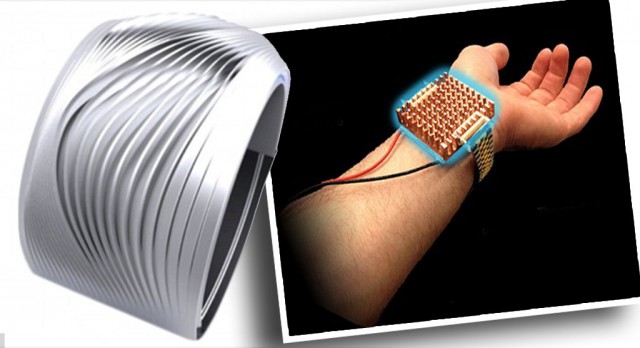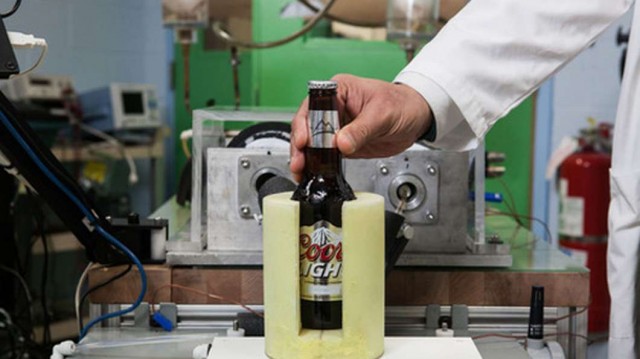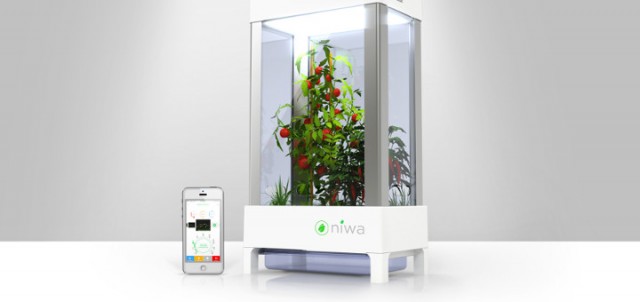A widespread scientific consensus exists that the world’s climate is changing with more variable weather, heat waves, heavy precipitation events, flooding, droughts, intense storms, sea level rise, and air pollution, or in other words: a climate apocalypse. Surviving the cataclysm is a concern amongst humans, but one thing our species excels at is adapting to inhospitable circumstances.
These five technologies will help you survive the extreme hot and cold weather and storm-like climates expected to come.
Environmental sensors
As Earth’s climate becomes unstable and extreme weather events occur daily, environmental sensors will work to warn us when things get a little chaotic. While the devices are already available for homes, cars, and work spaces, they are making their way onto our bodies. Rising temperatures pose environmental challenges such as air pollution, water degradation, and increased radiation, which is why it will be extremely beneficial to have updates on the toxicity levels of the environment and real-time changes that are occurring.
Companies are working to get climate sensor wearables on the market. The most promising include: the Tzoa, a wearable device that tracks harmful particles in the air, the Lapka Environmental Monitor, capable of monitoring a variety of hazards including the level of nitrates in your food, and the iGeigie, a portable Geiger counter that keeps an eye on radiation in your vicinity.

Wearables
As heat indexes rise, climate-controlled clothing will be another large innovation. As air conditioning is a rare amenity in other countries, Dhama Innovations, headquartered in Hyderabad, India, introduced a line of temperature controlled jackets and vests that feature embedded electrical circuits and a lithium polymer battery system and function similar to a thermostat, allowing the user to set their temperature anywhere from 77 to 113 degrees Fahrenheit.
Another wearable you’ll need is the Wristfy by Embr Labs, which underneath its silver exterior, is a complex digital frame that sends “soothing waves of heating and cooling” to the inside of the user’s wrist. Unlike the climate-controlled clothing that works to heat or cool the body, Wristfy uses the body’s internal thermostat to adjust the user’s sensation of feeling hot or cold by activating local thermos-receptors on the surface of the wrist.

Heat-reducing super materials
When it comes to indoor climate control, inventions like the spray foam insulation and the Nest Thermostat have been made, but very soon we’re going to see two that will revolutionize indoor cooling. The first will merge magnetocaloric refrigeration and specialized materials for deflecting heat. GE scientists have developed magnets made from nickel-manganese alloy, which reduce the temperature of a water-based fluid flowing through by 80° F when arranged in a certain manner. If and when the device becomes commercially available, it will improve cost while also keeping our perishables cold.
Another new technology you will need for the upcoming climate apocalypse uses Polythene nanomaterials to deflect light away from buildings, cars, and anything else you wish to keep cool. Developed by Dr. Aaswath Raman and his team at Stanford University, the material will reflect almost the entire solar spectrum while also shedding infrared light at the frequency which can most easily escape from Earth into outer space. This could cut the energy needed to cool buildings, allowing the sun’s heat to bounce back into the solar system rather than being absorbed by items and structures.

Smart Greenhouses
With extreme shifts in climate, comes diminishing food supply, making smart greenhouses exceedingly vital. Climate change has a direct impact on crop harvests, with costs rising as they become increasingly scarce. Niwa, a technology startup, has developed smart greenhouses that use hydroponics and smartphone software to create micro-environments for maintaining a garden. Products are available for preorder or can be hand built via instructions from the company.

Synthetic biology
Climate change can also affect human health, especially as increased levels of ambient pollution and ultraviolet light drastically increase cancer rates. Synthetic biology has the ability to manipulate DNA to our liking with the potential to create new types of bacteria that could detect and eliminate cancer within our bodies. In the future, as genetic engineering becomes more advanced, we may depend on remaking our own DNA to withstand things such as ultraviolet light and radiation. Genetically modifying crops may too become popular as we see harsher climate conditions.
Evidence that Earth will experience a climate Armageddon is arguably present, but these five technologies will help us survive the unbearable.
Source: ExtremeTech
Advertisement
Learn more about Electronic Products Magazine





